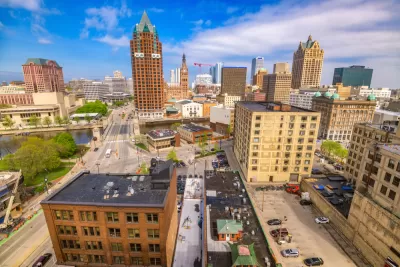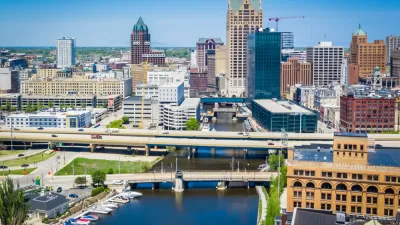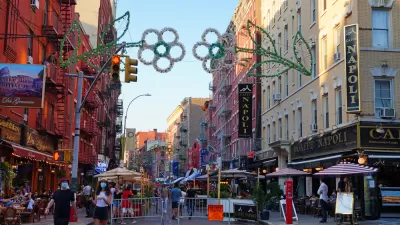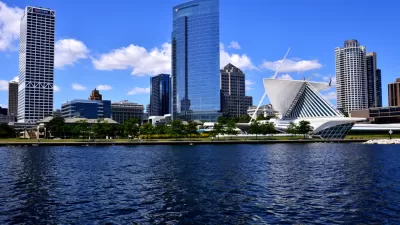Billions of dollars in investment and thousands of new residential units later, Milwaukee is ready to update the plan for its downtown.

Jeramey Jannene reports on the initial push to update the Milwaukee Downtown Area Plan from the previous update approved in 2010. This would be third Downtown Plan update in as many decades, according to Jannene.
Milwaukee Downtown, the area business improvement district, is providing $100,000 to fund the process, and the city is chipping in $50,000. A previous initiative by MKE United has already completed some of the foundational work of building a "shared and inclusive vision for Downtown," explains Jannene.
The plan update is intended to respond to the area's change over the past decade:
“As you are all aware there have been significant changes to the downtown area in recent years,” said Department of City Development planner Kyle Gast to members of the Zoning, Neighborhoods & Development Committee on February 23rd. A DCD report says that, since the plan was last updated in 2010, there has been $3.5 billion in development and there are now 4,800 more residential units.
According to Jannene, the city has implemented or begun development on four of eight catalytic projects targeted in the 2010 update.
Four community meetings are already scheduled, and the update process is expected to take in 14 months.
FULL STORY: City Updating Downtown Plan

Trump Administration Could Effectively End Housing Voucher Program
Federal officials are eyeing major cuts to the Section 8 program that helps millions of low-income households pay rent.

Planetizen Federal Action Tracker
A weekly monitor of how Trump’s orders and actions are impacting planners and planning in America.

The 120 Year Old Tiny Home Villages That Sheltered San Francisco’s Earthquake Refugees
More than a century ago, San Francisco mobilized to house thousands of residents displaced by the 1906 earthquake. Could their strategy offer a model for the present?

Alabama School Forestry Initiative Brings Trees to Schoolyards
Trees can improve physical and mental health for students and commnity members.

NYC Outdoor Dining Could Get a Re-Do
The city council is considering making the al fresco dining program year-round to address cost concerns from small businesses.

HSR Reaches Key Settlement in Northern California City
The state’s high-speed rail authority reached an agreement with Millbrae, a key city on the train’s proposed route to San Francisco.
Urban Design for Planners 1: Software Tools
This six-course series explores essential urban design concepts using open source software and equips planners with the tools they need to participate fully in the urban design process.
Planning for Universal Design
Learn the tools for implementing Universal Design in planning regulations.
Ada County Highway District
Clanton & Associates, Inc.
Jessamine County Fiscal Court
Institute for Housing and Urban Development Studies (IHS)
City of Grandview
Harvard GSD Executive Education
Toledo-Lucas County Plan Commissions
Salt Lake City
NYU Wagner Graduate School of Public Service





























